Celebrating the Satellaview: the anniversary of an ambitious console peripheral
A glimpse at Nintendo's innovative Super Famicom add-on
April 23rd marks a very special day in Nintendo history; the day when the Satellaview launched in Japan! What is the Satellaview, exactly? It’s a weird little piece of Nintendo’s history, of course! Not only was it a fairly advanced, technically-interesting combo of hardware and software, it also housed a bunch of really unique games that have sadly been lost to time. It stands as one of Nintendo’s many experimental, weird console add-ons alongside things like the eReader, and oddities from other companies, such as SEGA’s own SEGA Channel.
Released in 1995 for the Super Famicom, the Satellaview was the result of a collaboration between Nintendo and St. GIGA, a satellite radio broadcasting company. This collaboration came about when Nintendo purchased a stake in St.GIGA with the express intent of aiding it financially. Naturally, Nintendo then looked for an innovative way to get St.GIGA involved with their current generation console of the time, the Super Famicom.
With all this in mind, it’s easy to imagine what the Satellaview did and how it was innovative, but in layman’s terms, it streamed satellite radio broadcasts to the Super Famicom! Through a number of additional peripherals that all hook up to the Super Famicom alongside the exclusive BS-X cartridge and its accompanying 8MB memory pack (to which the broadcasts and data would be streamed to), the Satellaview would allow users to tune in to satellite broadcasts at specific dates and times. Users could even participate in all sorts of activities, ranging from quizzes, standard radio broadcasts, and yes, exclusive games as well.
The actual BS-X cartridge on its own was neat, too! Not content in providing a bunch of standard menus with loading screens, Nintendo and St.GIGA went all out on the presentation. When you start a BS-X cartridge, you’re given the chance to walk around a cute little town hub with each of the key locations and buildings representing a different function of the Satellaview. The graphical presentation is extremely reminiscent of Earthbound, a wonderful touch that really brings the package together in a cute way.
Naturally, the content most people were really interested in was streamed games. While the radio broadcasts often included slightly modified versions of existing video games made by Nintendo, the exclusive games are by far the most interesting part of the package. Without further ado, let’s take a look at some of these exclusive games and what they brought to the table.
BS Zelda: A remake of a beloved classic
Whenever the Satellaview comes up in conversation, this is the number one game you hear about. Truthfully, I feel like if I didn’t mention it in this article, I wouldn’t be able to call this a Satellaview anniversary piece! BS Zelda is, simply put, synonymous with the Satellaview’s legacy.
So what is it? Well, from the title image and name alone, it’s easy to draw the conclusion that it is simply the first Zelda game ported to the Super Famicom with extra bells and whistles, and a new coat of paint. While this is in many aspects true, BS Zelda’s differences become clear from the moment gameplay begins, and begin to pile up the further in you get. From the game turning the acquisition of the Wooden Sword into a cutscene, and the different looking starting area alone, players can tell they’re in for a little bit of a twist on the standard Zelda formula.
BS Zelda’s primary differences come in the map layouts. The overworld has been altered to make progression more streamlined, as the original BS Zelda game took place over the course of four different broadcasts. The game had to be split into a clean four parts, meaning the exploratory nature of the original Famicom game had to be toned down to prevent players from getting lost and missing key elements. An additional second quest broadcast also followed, meaning BS Zelda actually took place over eight separate unique broadcasts!
The dungeon layouts were similarly changed. Rather than simply using the original dungeon shapes, every dungeon has been redesigned to spell out a message when played in order. The first quest’s dungeons spell out “St.GIGA,” and the remaining two dungeons are shaped like an arrow and a skull, The second quest’s dungeons also have a neat design, spelling out the word “Nintendo.” A neat touch, and a great way to challenge veteran players who have memorized the original game.
Finally, an additional gameplay feature in the form of periodic events during portions of each broadcast was implemented. This can range from relatively minor effects such as increased chances of enemies dropping helpful items and discounted prices at the merchant stores across Hyrule, to major effects like the old man casting spells (with audio narration provided through the Satellaview peripheral itself), or even the availability of certain items.
BS Zelda stands as a really fascinating part of the Satellaview’s library, and a massively prominent one to boot. Believe it or not, though, there was actually another exclusive Zelda game that was broadcast through the system, and it’s equally interesting…
Ancient Stone Tablets?! The first Link to the Past pseudo-sequel!
Not content with one exclusive Zelda offering on the service, St.GIGA and Nintendo would collaborate again to bring BS Zelda: The Ancient Stone Tablets to the Satellaview, once again over the course of four broadcasts.
This game centers around a Boy or Girl avatar (as chosen by the player on their BS-X cartridge) being transported to Hyrule after the events of Link to the Past have unfolded. Zelda has been having a recurring dream that foreshadows the presence of a great evil. Noticing a large ray of light in Hyrule, Zelda and Aginah reach its origin point to discover the player’s character. Upon deliberation, they decide the player can fill in for Link, who is currently absent, and investigate the premonitions of danger that Zelda’s been having.
The rest of the story is fairly simple, much like Link to the Past, and the gameplay is extremely similar as well. Unlike BS Zelda, Ancient Stone Tablets doesn’t really update much in terms of graphical assets, but it does have a number of key differences that set it apart. The progression and dungeon order are entirely different. While you do start with the Eastern Palace just as you would in the original Link to the Past, the deviations begin from here, with the second temple you visit being behind the Waterfall of Wishing. Additional temples have been added in other unorthodox locations, too, like one located in the Lost Woods, as Ancient Stone Tablets does not allow access to the Dark World outside of its 4th broadcast for a brief moment. Also, much like BS Zelda, progression is carefully gated between episodes to prevent players from getting lost.
While the overworld has remained largely close to the original game outside of the addition of new temple locations and progress gating, the dungeons themselves are also all different, akin to BS Zelda. This provides a very fresh, interesting experience and certainly makes Ancient Stone Tablets a fascinating curiosity, with a lot of this design mentality eventually bleeding into A Link Between Worlds.
Unlike BS Zelda, which offered relatively unchanged gameplay that mirrored the original game (excluding the special events), Ancient Stone Tablets actually had a number of changes. For starters, there are new items such as the Worn-Out Glove and the Gold Potion. The Worn-Out Glove is effectively a Power Glove…with a twist! You can only lift one rock per screen, meaning the Power Glove and the Titan’s Glove are still high-priority items. The Gold Potion is a souped-up Blue Potion that temporarily doubles the speed in which the hero charges up a spin attack, and also increases their damage temporarily.
There are other minor gameplay changes as well, a notable one being the ability to sharply change directions while maintaining your speed with the Pegasus Boots. Previously in Link to the Past, if you attempted to turn you would simply stop running, but with Ancient Stone Tablets, as long as you avoid hitting an obstacle, you’ll maintain the run. This change was likely made to make the time limit system less overbearing, as once again like BS Zelda, you are on a time limit for each of the four broadcasted days of Ancient Stone Tablet’s gameplay.
Ancient Stone Tablets is a really interesting, unique spin on Link to the Past, and much like BS Zelda, it deserves its reputation and notoriety. The Zelda broadcasts on the Satellaview have remained a favorite of long-time Nintendo enthusiasts for their interesting quirks and content, as well as their fresh premises and ideas that build on the original games ever so delicately. The Satellaview had some other distinctive, noteworthy entries for long-running franchises though, as St.GIGA would provide a set of broadcasts for some of the more tactics-savvy fans….
BS Fire Emblem: Setting an interesting precedent
Yes, Fire Emblem, Nintendo’s flagship Tactical RPG series, also got its own set of Satellaview broadcasts. BS Fire Emblem: Archanean Chronicles was a set of four broadcasts that all contained some delightful Fire Emblem action. Set before the events of Shadow Dragon and New Mystery of the Emblem, BS Fire Emblem is a special little piece of Fire Emblem and Satellaview history.
For starters, the game uses the New Mystery of the Emblem gameplay engine, so anyone familiar with that game on Super Famicom will be right at home with BS Fire Emblem. More importantly, BS Fire Emblem lacks any battle animations! How does it make up for this glaring omission of a feature that’s been in Fire Emblem since its debut? With some interesting audio features, of course!
BS Fire Emblem made gratuitous use of the Satellaview’s capabilities, namely its audio streaming. BS Fire Emblem contained a copious amount of streamed in-game dialogue, preceding the Fire Emblem franchise’s eventual pivot to full voice acting. In addition, BS Fire Emblem’s soundtrack was ALSO streamed through the Satellaview, giving it a high quality sound far ahead of what the Super Famicom was capable of.
While its presentation is interesting, the actual gameplay of BS Fire Emblem is perhaps most important. I mentioned earlier where the game falls into the canon, but how it achieves this is particularly important. It uses existing characters from the games it precedes, and arranges them per map (each broadcast contains one playable map). If this sounds at all familiar, it’s because these broadcasts could be viewed as the first “trial maps” of Fire Emblem, a feature that would be present in The Binding Blade and Path of Radiance.
Thankfully, in spite of these broadcasts being lost to time, the devs behind the New Mystery of the Emblem’s DS remake were clearly fond of these, as all four are included as unlockable bonus maps. This gave Fire Emblem fans worldwide to enjoy the content, complete with all of the dialogue intact. While it doesn’t have the original broadcast audio, it at least retains the important core features. As interesting as BS Fire Emblem is, there’s another even more obscure Satellaview title, and it’s one related to a long-dormant Nintendo franchise….
F-ZERO 2. Yes, really.
No, your eyes do not deceive you. BS F-Zero Grand Prix 2 is in fact very real, and its history is extremely cool. Prepare for one of the strangest Satellaview broadcast histories, as the story of BS F-Zero Grand Prix 2 and what it happens to be are extremely unique.
Before BS F-Zero Grand Prix 2, there were BS F-Zero Grand Prix broadcasts. These encompassed the original four cups from F-Zero, with an added fifth track that was exclusive to the broadcasts. The fifth tracks were not the only thing new here, though! All the Satellaview F-Zero broadcasts featured new vehicles! At first glance you might assume they’re just altered sprites, but their statistics and vehicle stats are substantially different. The Fire Stingray’s replacement, Fire Scorpion, is surprisingly one of the slower vehicles here, and the Luna Bomber (replacing the Golden Fox) is actually the FASTEST vehicle of the lot.
All of this encompasses the initial broadcasts, so where does BS F-Zero 2 come in? Well, following the original BS F-Zero Grand Prix broadcasts, a Practice broadcast of BS F-Zero Grand Prix 2 was aired, allowing players to practice five of its ten tracks total. The five tracks consisted of all of the exclusive BS F-Zero Grand Prix tracks that were added to the end of each cup. This broadcast would later be followed by two more, and that’s where a bit of the unfortunate news comes in.
Unlike the other broadcasts, which have been archived, the BS F-Zero Grand Prix 2 broadcasts outside of its Practice are effectively lost media. Nobody has come forward with them archived on their BS-X (a feature of the cartridge), and as such, the mere existence of the exclusive tracks seems to be gone. Yes, exclusive tracks! BS F-Zero Grand Prix 2 had two new track themes, Forest and Metal Fort, with a couple of tracks apiece between the two cups. Thankfully, footage of these tracks is still intact, and can be found here, so they’re not completely scrubbed from history.
All in all, BS F-Zero Grand Prix 2 is quite a treat. What at first would seem to be just a digital broadcast of F-Zero actually ended up being a new set of vehicles and a brand new way to experience the original tracks, and then a huge assortment of new tracks as well! It’s a lot like The Lost Levels was to Super Mario Bros., but far more mysterious.
A lot of fantastic Satellaview content has been covered thus far, but I’ve saved the best for last. One of the more notorious Satellaview-only games, and it’s actually made it beyond the add-on’s exclusivity as of late…
Radical Dreamers: The one that made it out
Of course I had to mention this game. What better way to look at the Satellaview’s lasting legacy and impact than this? Radical Dreamers, broadcast in 1996, was a follow-up to the wildly successful Chrono Trigger. Rather than an RPG, it was instead a visual novel! This allowed the development team to utilize a lot of the Satellaview’s key features to their absolute fullest, taking advantage of the streamed high-quality audio capabilities to synchronize on-screen text and events with the radio broadcast audio.
The actual contents of the narrative are a lot darker than the original Chrono Trigger. Without spoiling anything (as this game has just been re-released!), it’s a lot more in-line with what you’d expect in Chrono Cross, and elements of this game’s narrative did in fact influence Chrono Cross’s direction. That being said, it’s still well worth your time if you can get your hands on it, as the writing is of great quality, and the artwork contained within the game is also extremely good. It’s a great backdrop to experience Chrono Cross more effectively, while also enhancing the world of Chrono in ways that Chrono Trigger didn’t achieve. In spite of the thematic departures, the game still has key elements of Chrono Trigger in its design, such as the famous “New Game +” mode, and the multiple endings to the story ala Chrono Trigger.
For those who don’t know, Chrono Cross: The Radical Dreamers Edition, now available on Switch, includes this Satellaview experience. It’s a momentous moment for both Satellaview enthusiasts and Chrono fans alike, because it’s the first time the game’s even been re-released! Prior to this, all fans had was a fan translation in the vein of Mother 3, so having a way to officially access an English release of a game once completely restricted to a Satellaview broadcast is a HUGE deal!
Radical Dreamers is absolutely one of the most notable and important Satellaview exclusive games, and the fact that it has a re-release gives me hope that some of these other games I’ve mentioned might be able to make their way out. There’s nothing more unfortunate than lost or inaccessible media, particularly when it’s as interesting as these games.
A wonderful anniversary
All in all, the Satellaview was an awesome, but short-lived experiment. Nowadays, the gaming sphere is actually returning to some of the Satellaview’s ideas, but in new ways. We live in a time where a port of your game or franchise can be handled through cloud streaming, a method not entirely different than utilizing a radio broadcast to stream games. After all, how else do you play Kingdom Hearts on your Switch? When you look at what exactly the Satellaview did; broadcasting game data to a console and utilizing streamed audio for high quality voice acting and music, you can see that it all still lives on in video games today. Whether it’s the CD quality audio we’re blessed with or the cloud gaming angle, these commonplace ideas in today’s age were radical thinking back in the 90’s.
Unfortunately, all the criticisms of these design ideas (particularly the streaming approach) still hold up, too. These Satellaview broadcasts, despite allowing for archival, have effectively become impossible to obtain in their original format. All of that streamed radio audio and broadcast data is lost to time; an issue that applies to digital gaming formats today. How do you handle when the servers or the service goes down? The closing of the eShop on Wii and Sony’s continual attempts to close the PS Store on older consoles all fall in line with what happened to the Satellaview games. The only difference is that back then, awareness of the potential pitfalls was extremely low.
Regardless, on this anniversary day, let’s celebrate the weird and wonderful idea of the Satellaview. Radio broadcasts and video games combined to enhance the player experience, downloading games to play on a special cartridge, participating in little quiz games, and so much more. It was a super forward-thinking, supremely interesting, and downright innovative approach to what you could do with games. That’s only made more true by the fact that these ideas still live on today.
There’s hundreds of other Satellaview games beyond what I’ve mentioned here, so if you know of any that I didn’t talk about that you find interesting, be sure to drop a comment! I’d love to hear what your favorite niche Satellaview game is. Thanks for reading!
Add Comment
voodoothur
2+ y agoI'd heard of some of the games broadcast to the S-V but had never seen that cute menu, great retrospective!
The SV system OST is a banger too.
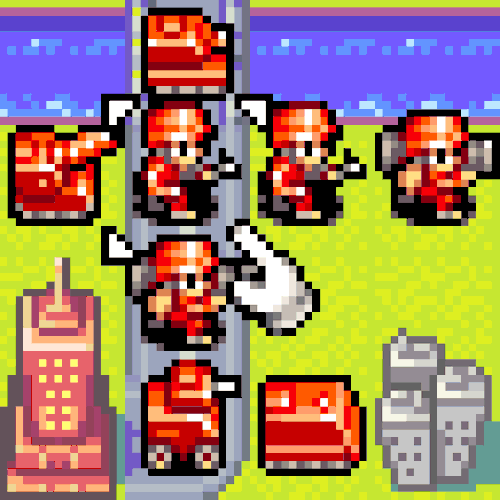
clark2k
2+ y agoI had never heard about that before! As a telecommunication engineer I’m intrigued and will research more about its technical functionality. Thanks for letting me know!
fish
2+ y agoI really hope someday Nintendo sees fit to release some of these games. There's so much lost cool Nintendo history they could just put on a shop or service.
conangiga
2+ y agoThere was also a third Famicom Detective Club game. I wonder why they didn't remake that one...
I agree! There's a huge backlog of obscure, or even worse, never before re-released/currently lost games they have, and they're all really interesting! This kind of stuff is really important, I think

enthropy
2+ y agoI really, REALLY am in need of a T.A.R.D.I.S.

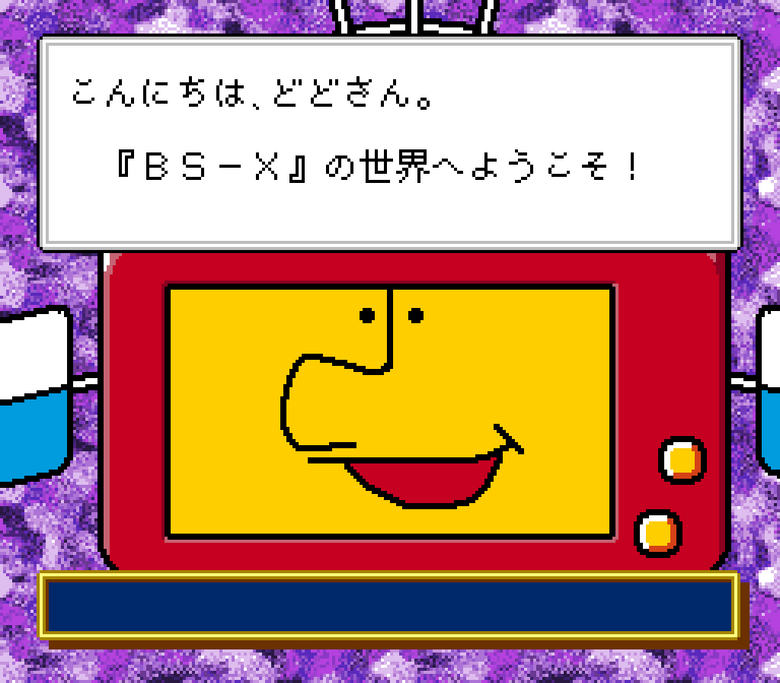
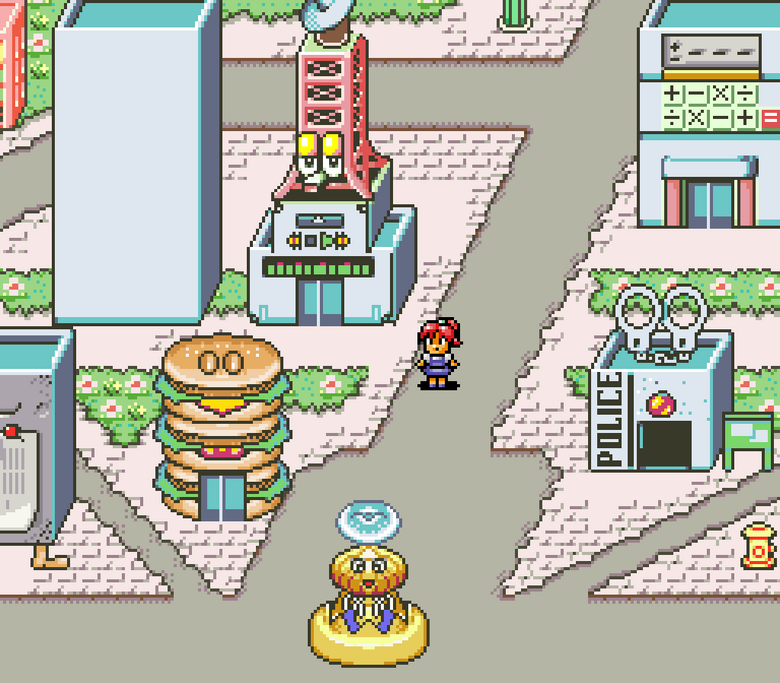
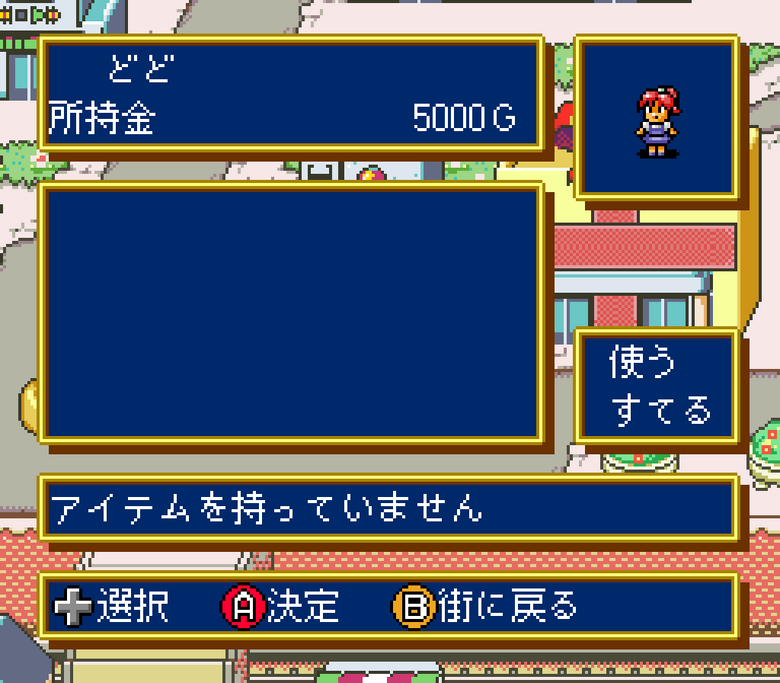

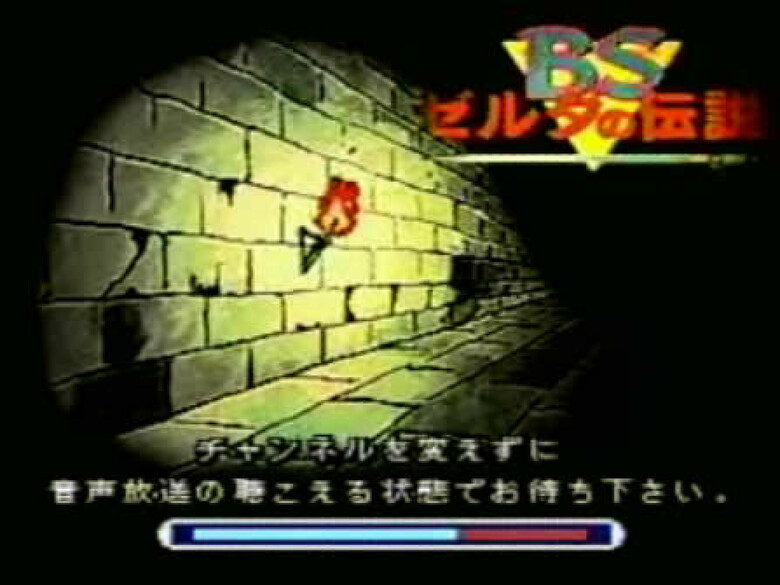
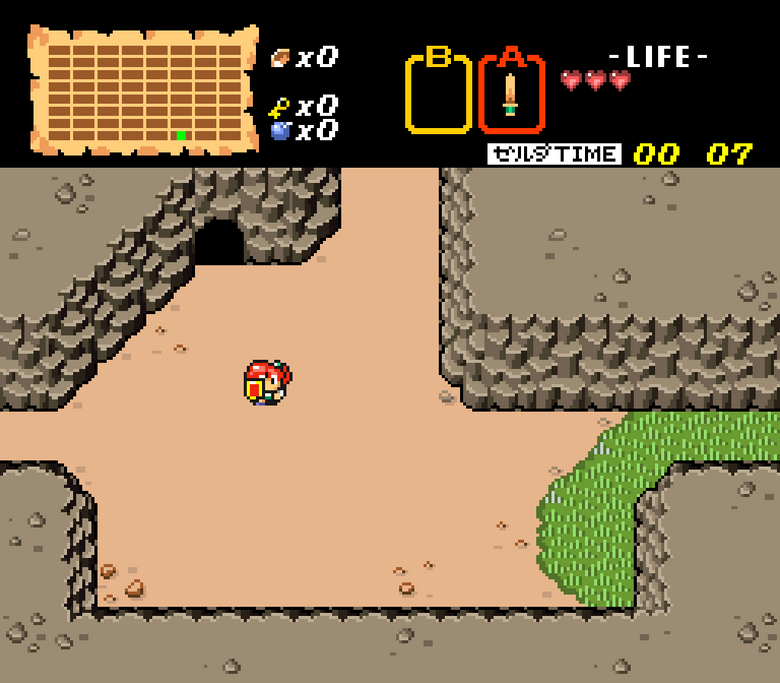
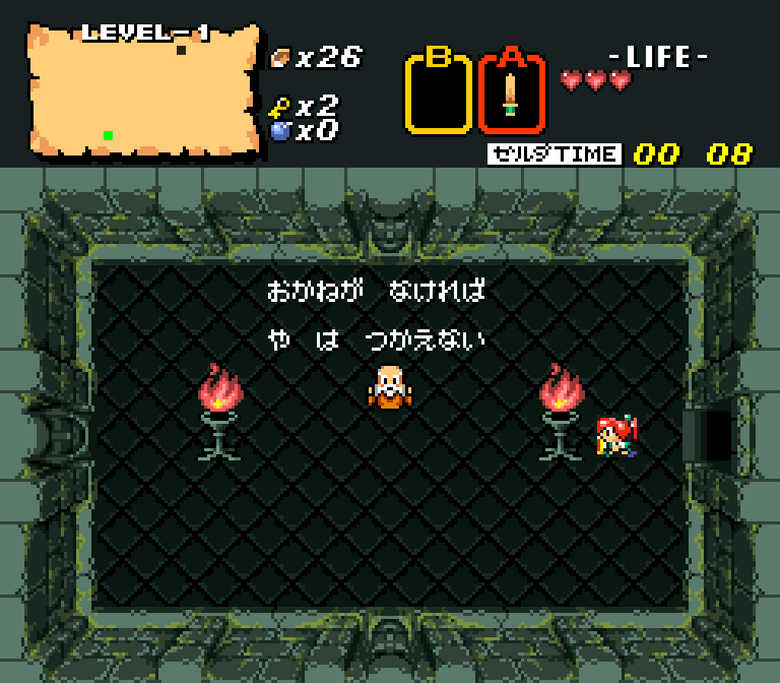
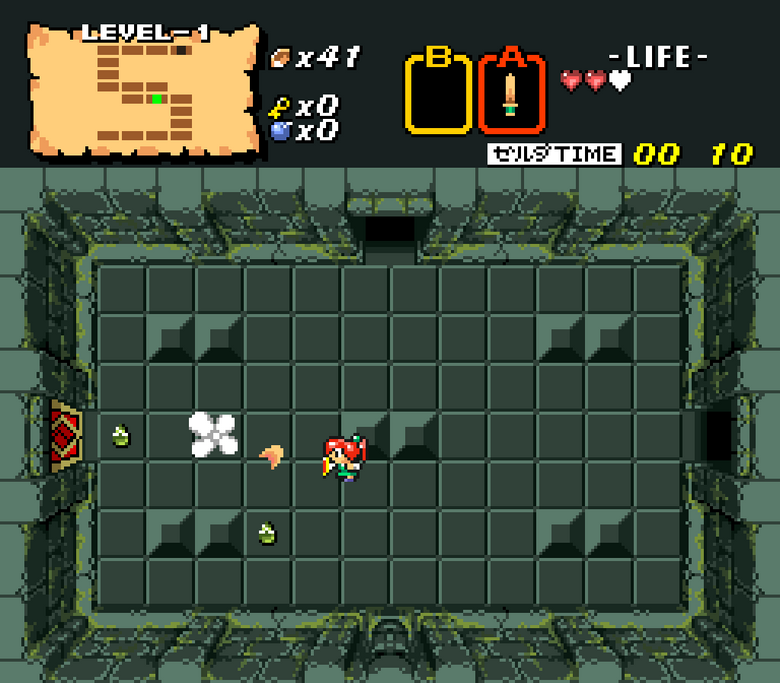
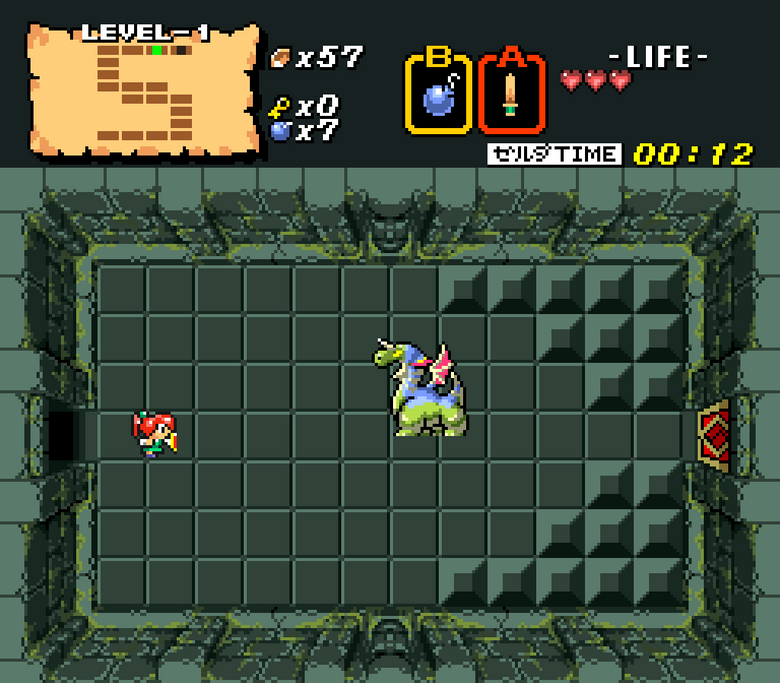

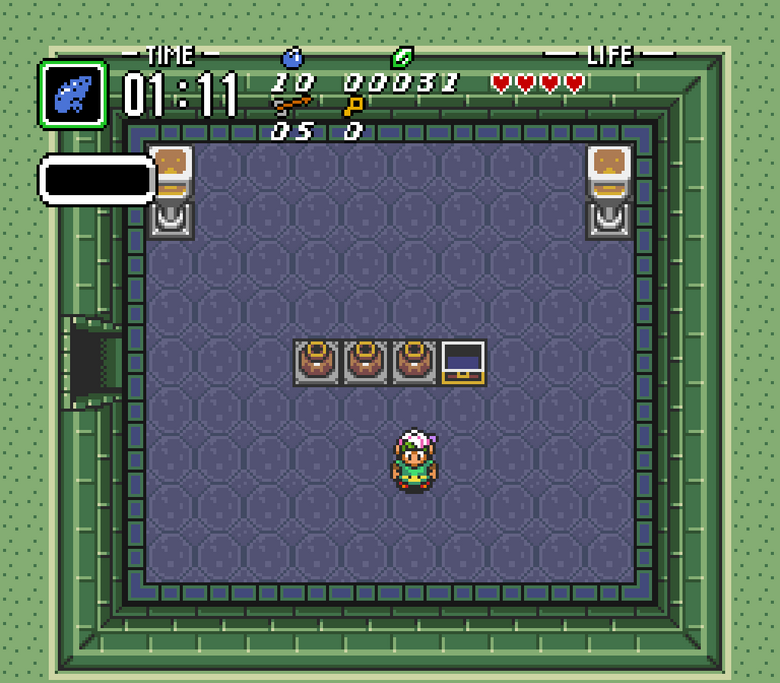
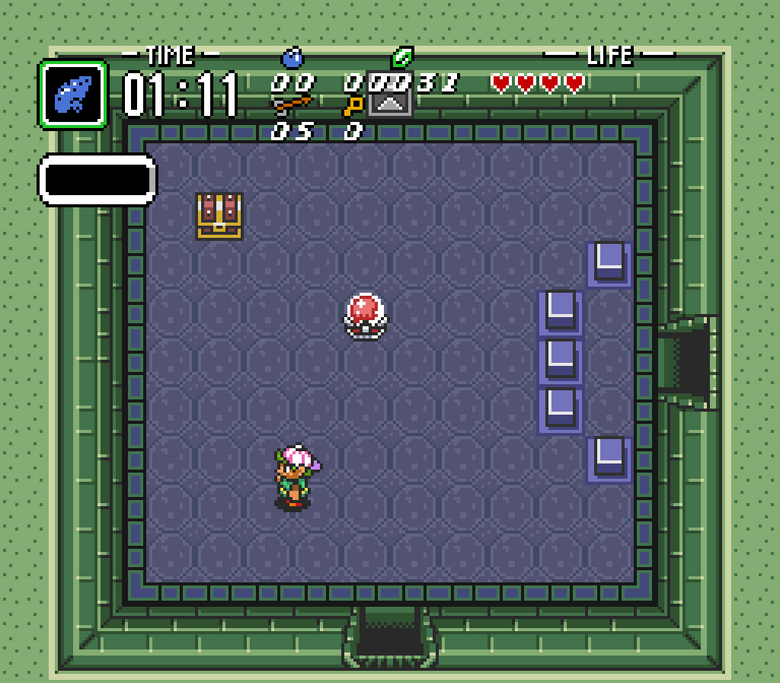
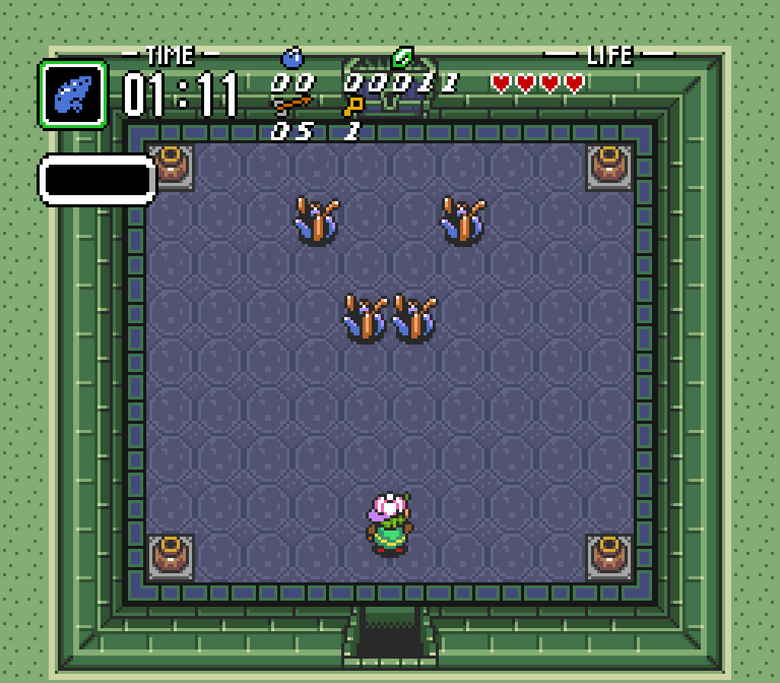
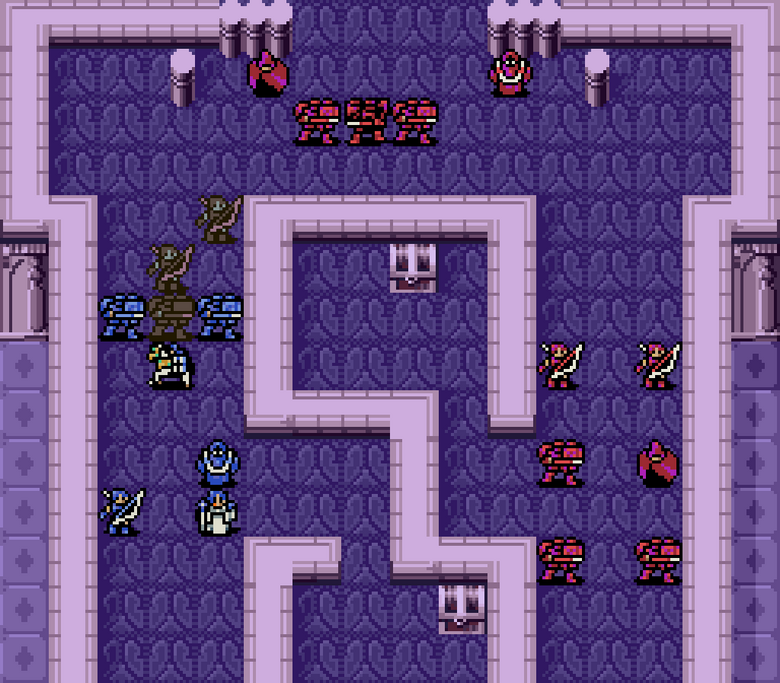
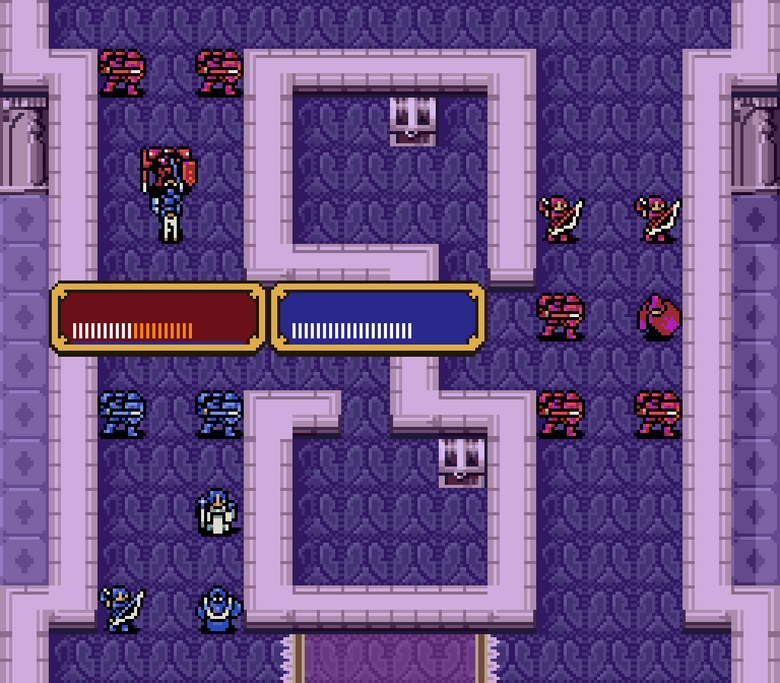
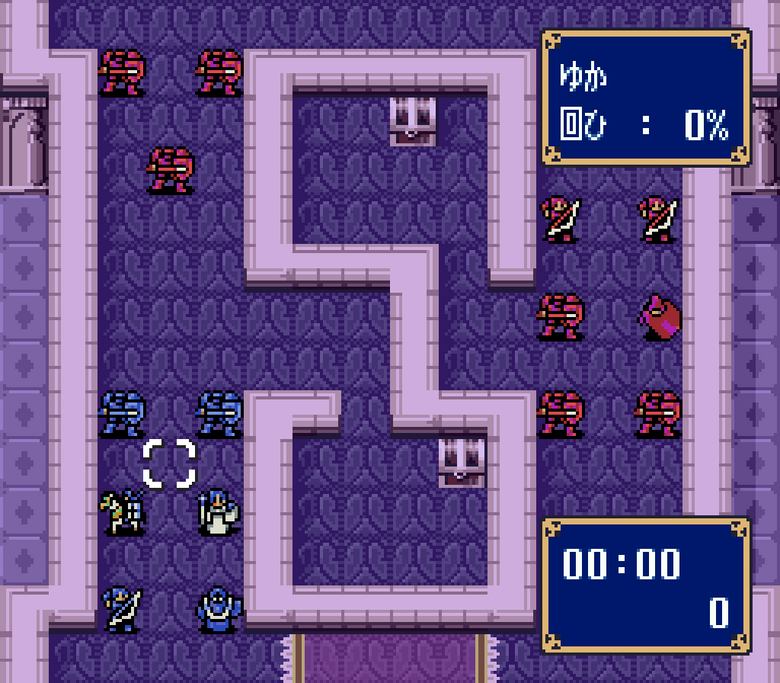

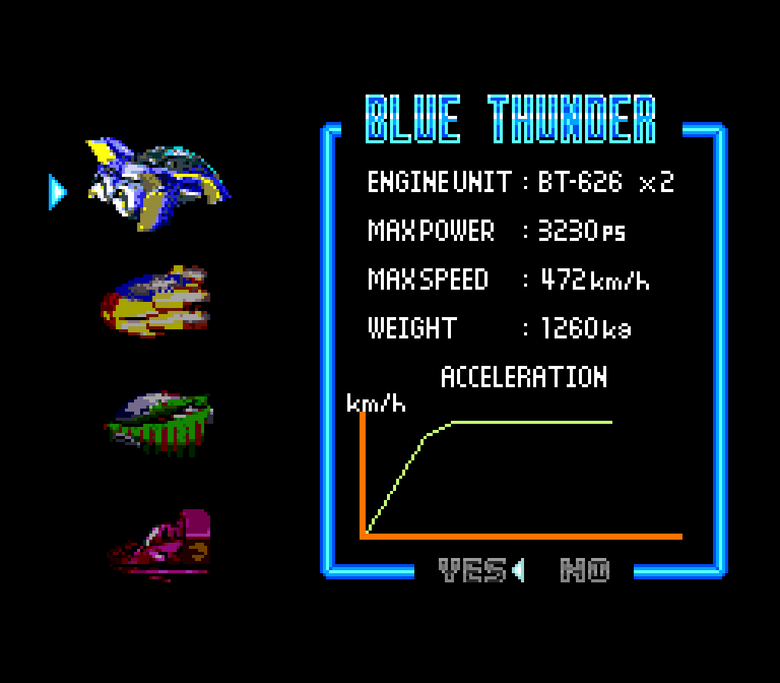

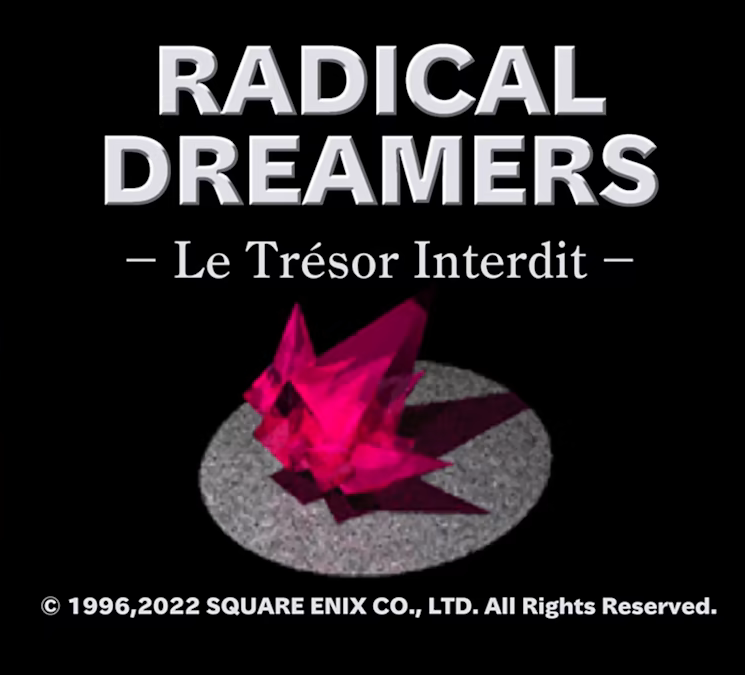

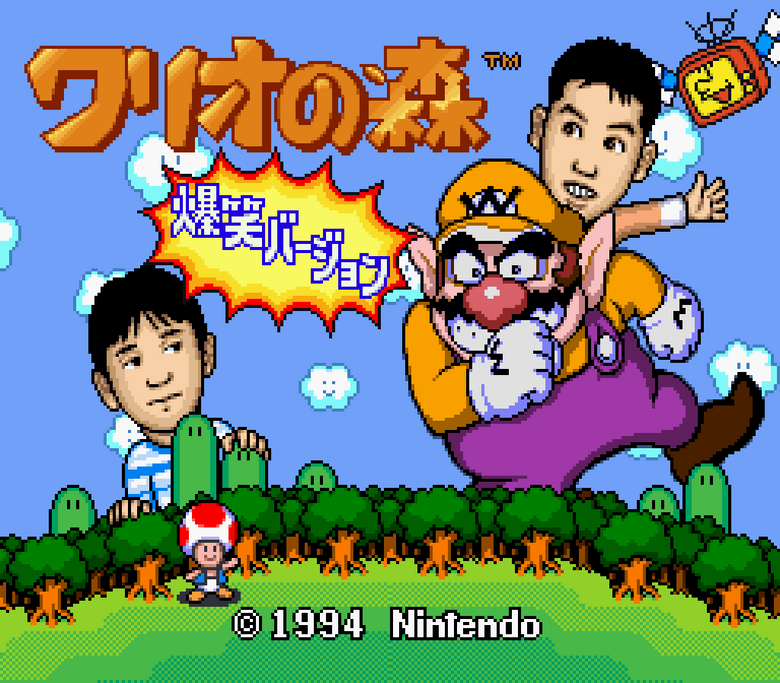
Comments (6)